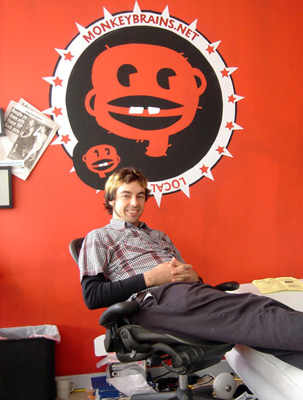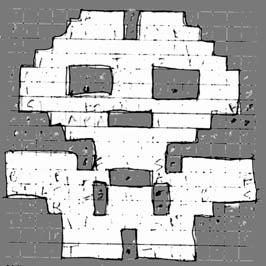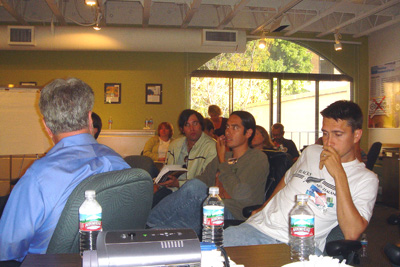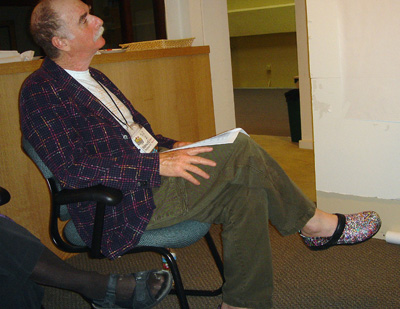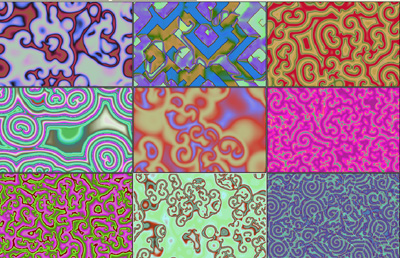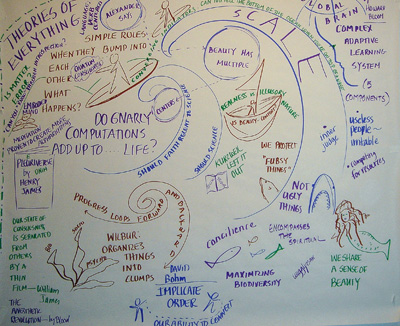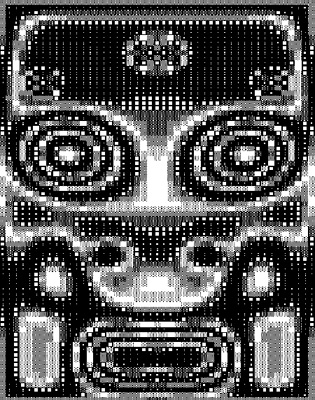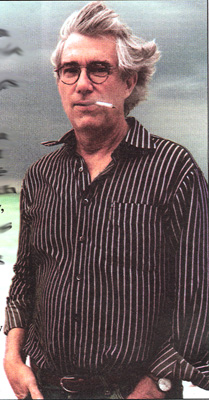I posted another of my “Philosophy and Computers” lectures, this one is about the first part of Chapter 3 of my Lifebox book. I talk about self-reproduction, morphogenesis, and ecology in terms of computations.

I’m trying various MP3 compression settings, and so far I’m always ending up with about 1 Meg per minute, whether its mono or stereo, 128 kbps or 64 kbps, VBR off or on. One student suggested that if I ran it through a low-pass filter to remove high frequencies (hiss), I’d get smaller files. In any case, the sound is decent now, thanks to my clip-on microphone. I have quite a bit of computer demos in this lecture, by the way, so if you want to study it, you might want to get hold of CAPOW. You can download the new build of CAPOW by using the Download Software button on the Lifebox page.

I was out at Four Mile Beach on Route 1 four miles north of Santa Cruz earlier this week. The wild beaches of California are always even better than I remembered.

Every time it blows me away.

Escape from the machines.

But computation is everywhere. The paths of the birds.

I sat for awhile in this nice cove. Note the fog bank twenty meters offshore.

Now and then a wave would sweep up and a sheet of water would move around a rock and back into the ocean. After a few meters of motion, the edge of the sheet always develops a scalloped edge.

The scallops are always the same, yet always different. These pictures are of two different sheets of water. Unpredictable computations dancing on a strange attractor in phase space. Me too.











